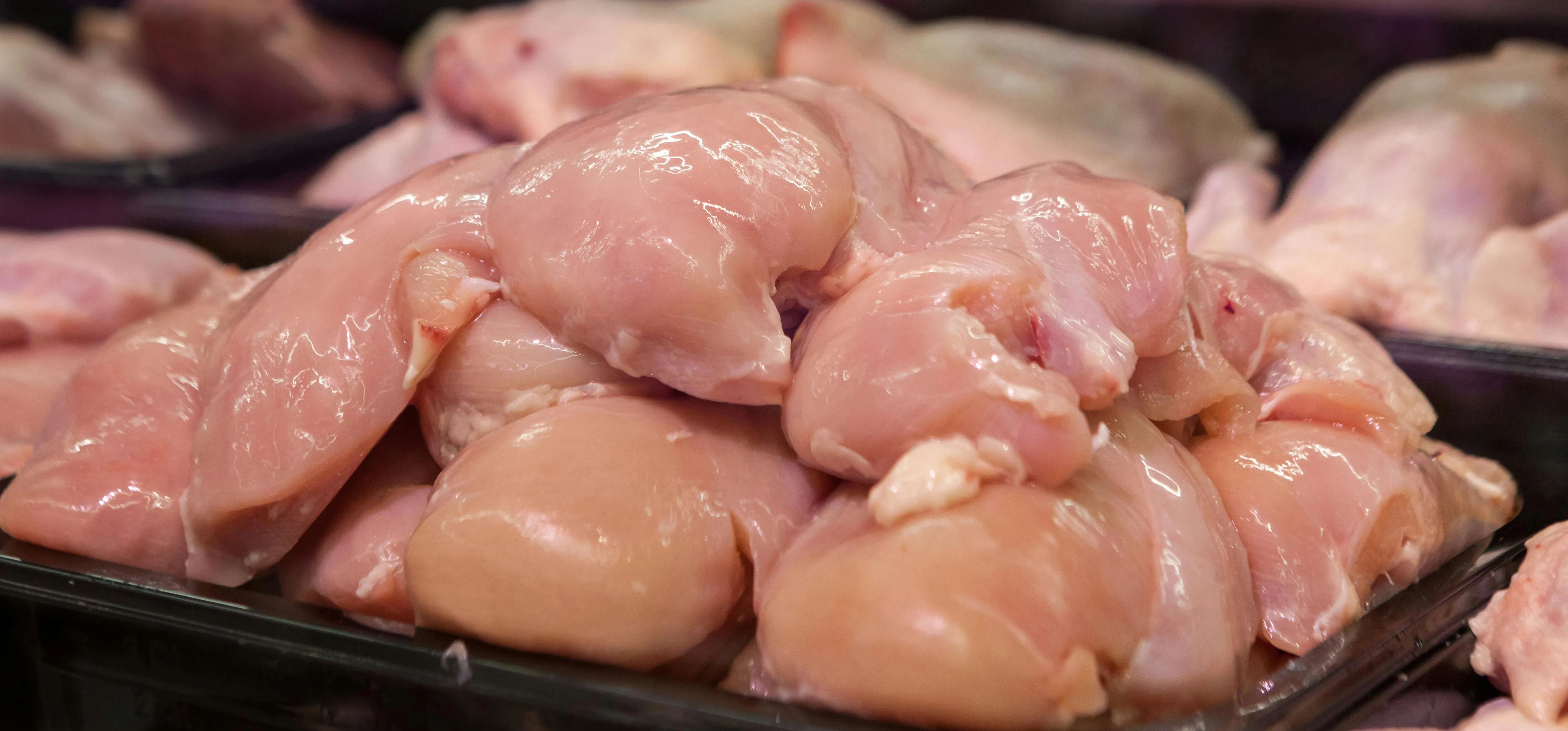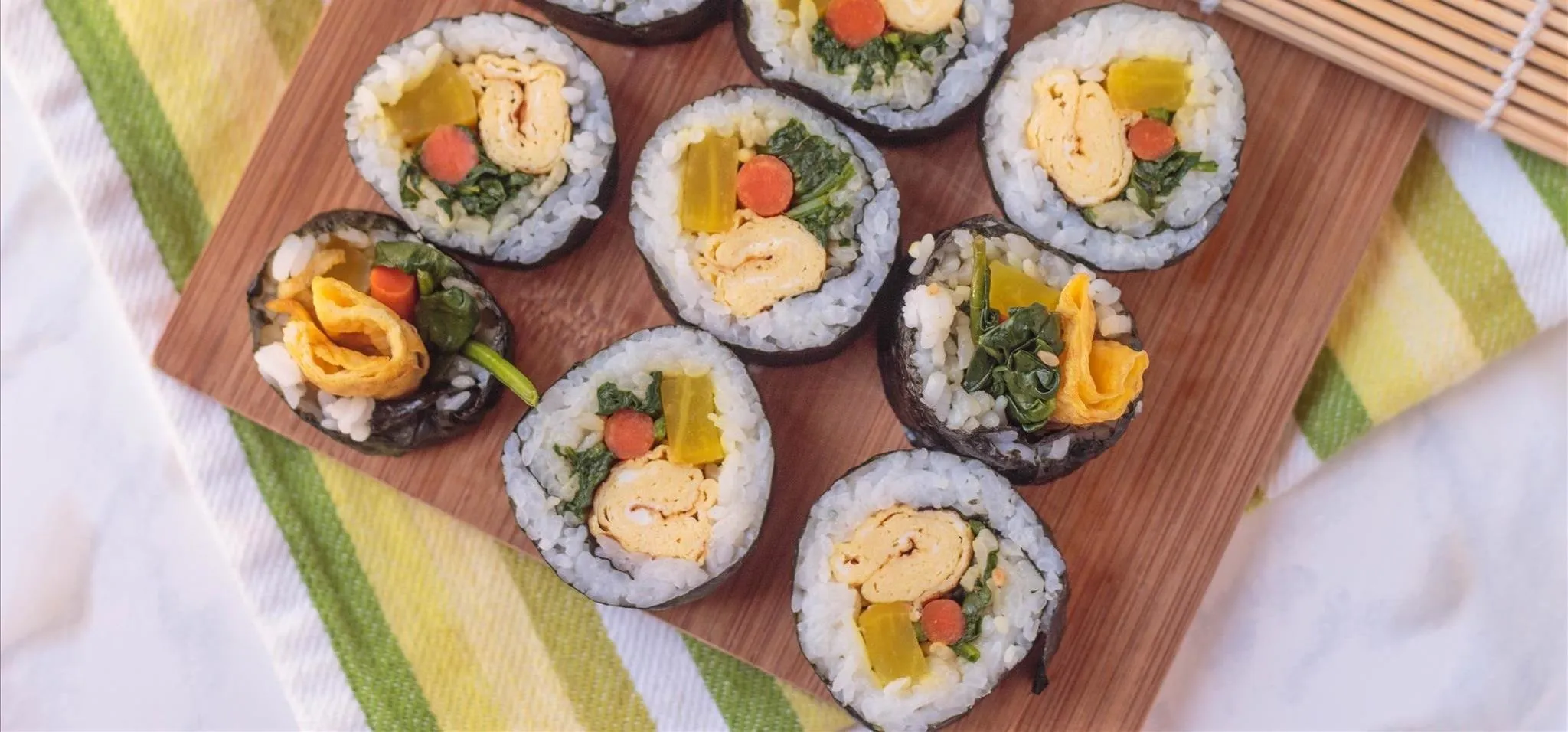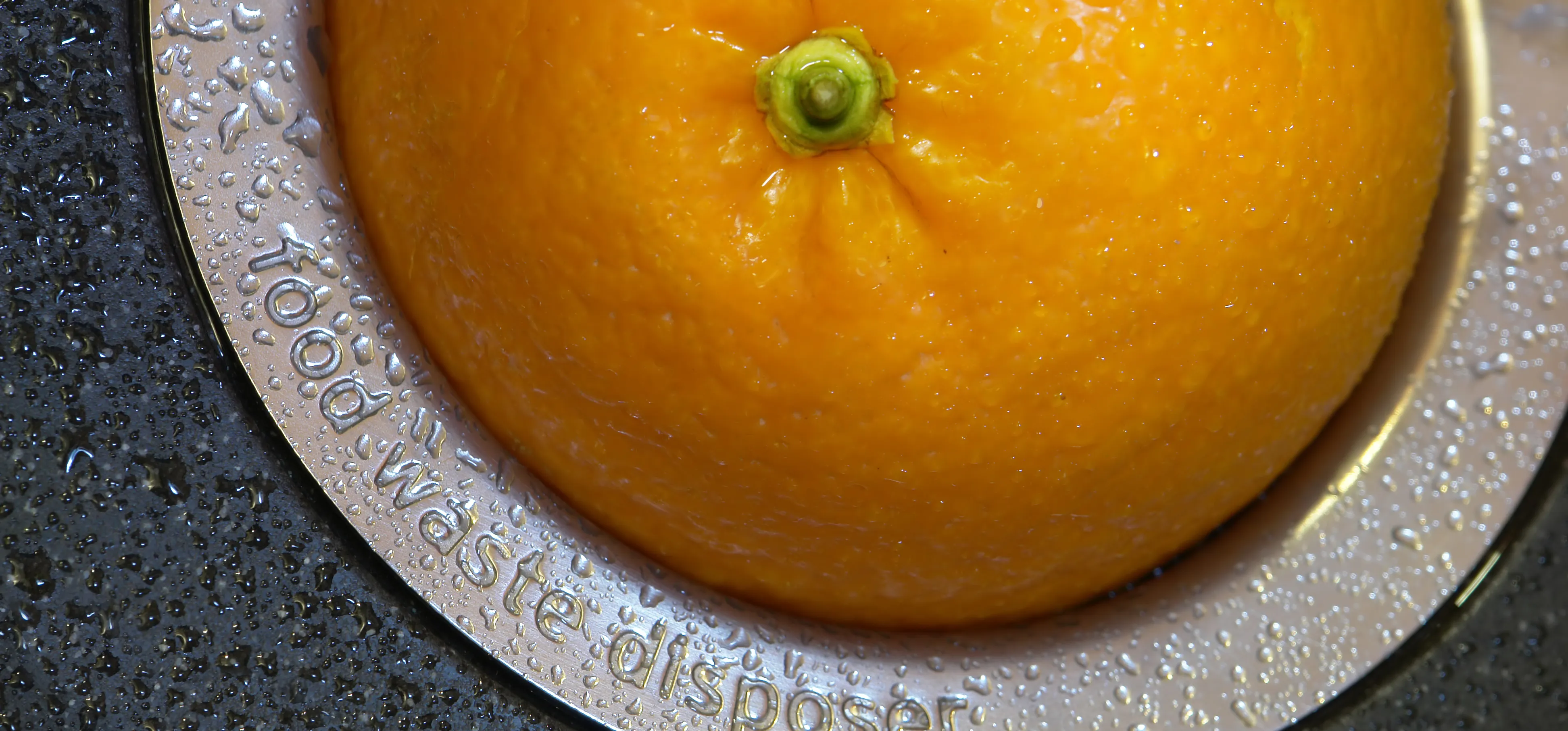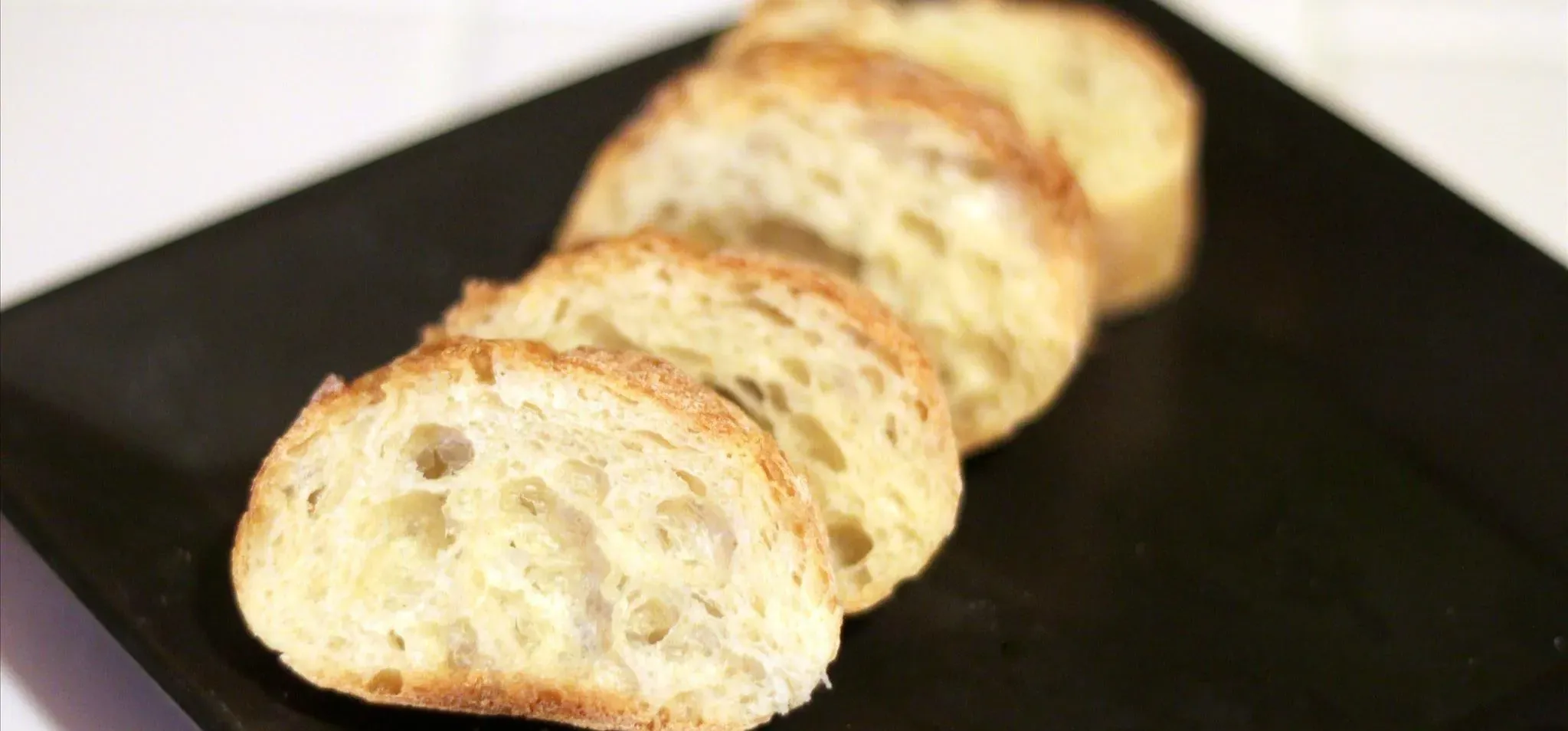Each flavor of sake, the national spirit of Japan, comes with its own fans, not unlike whiskey aficionados here in the States. While sake is often called "rice wine," it is more akin to a malted beverage like beer.
Unfortunately, many people's first exposure to sake comes in the form of "sake bombs," a shot of sake dropped in beer. Yuck: this is a disservice to a top-notch drink. The various flavors in a great sake should be enjoyed on their own or paired up with many kinds of food, not just Japanese.
What many people don't know is that "rice wine" is easy to make and has been brewed in homes for centuries all across Asia. In Japan, sake can be sweet (nigori) or dry. And you can make your own with just two ingredients and a glass container. By mastering this easy home-brewing technique, you can starting paring your homemade sake with your next meal or have a sweet boozy syrup for your next dessert.

Before making your sake, it's important to understand how alcohol is made. Alcohol is basically fermented sugar. The simple formula to remember is sugar plus yeast equals ethyl alcohol and carbon dioxide. By adding yeast to sugar, the sugar will be broken down and become booze and carbonation. And since the fermentation process you'll be undergoing requires no oxygen (called anaerobic fermentation), we will store our homemade sake in an airtight glass container.
This conversion of sugar into alcohol is one explanation of why harder spirits with higher alcohol contents are less sweet than other spirits. You'll know this if you've had, say, tequila and dessert wine. In alcohol production, if you stop sugars from being converted and keep the sugars, the result is less alcohol and a sweeter taste
So where is the sugar in our homemade sake? For that, we'll begin with the starch in the rice. According to Brew Your Own, the mold inside a fungi-infused yeast cake (one that you can easily get at an Asian supermarket or online) will metabolize the starch from the rice into sugar. The yeast then goes to town on the sugar and within days you have your "rice wine." This double fermentation happens instantaneously and doesn't require a second fermentation process.
You can also use regular beer-making yeast plus one common ingredient, ginger root, according to Stephen Harrod Buhner, author of Sacred and Herbal Healing Beers: The Secrets of Ancient Fermentation (via The Brew Site. Buhner writes, "The simple addition of crushed gingerroot [sic] to any cooked starchy grain will result in starch conversion and the subsequent growth of Saccharomyces yeast and the beginning of fermentation."
Pro Tip: Before You Start, Clean Your Equipment Thoroughly
Before you embark on your sake-making journey, make sure that all your equipment is clean and sterilized. When making anything that involves fermentation (yogurt, bread, booze), it's important that no other bacteria be present to interrupt the process or kill off the fermentation process. Usually putting your equipment in a pot of boiling water for a few minutes will do the trick.
Cook Your Rice
You'll need glutinous rice, also known as Thai sweet rice or sticky rice. You can find it in many Asian supermarkets or online. Cook it like you would any kind of rice, in either your rice cooker or on a stovetop. Use four cups of uncooked rice for every two-liter jar. Some recipes have called for rinsing the rice before cooking but it's really up to you. Let it cool by spreading it out on a baking sheet.

Use only Thai sweet rice.
Get Your Yeast On
As mentioned before, there's a specific yeast that you'll be needing. It's a staple of most Asian supermarkets under the name yeast balls or rice cakes, or more specifically, qu (pronounced chu), jiuqu, or jiuyao (sometimes written as chiuyao). You may even have to tell whoever works there that you're making rice wine. You're looking for solid ping pong-like balls of yeast, fungi, and rice flour. Grind up one ball into a powder and now you're ready.

Yeast balls powdered
Layer Rice with Yeast
Add some rice (about ¾ of an inch) and sprinkle some yeast on top. Repeat this a few times, leaving about an inch of space in-between the top of the your rice and the jar lid. Remember, you'll be creating CO2, so leave space for it to go somewhere otherwise your jar will pop! Mix it together and the yeast will do all the work.

Cooked rice layered with yeast.
Find the Right Spot for Fermentation
Temperature is important in this process: too warm or too cold, and you kill off the yeast that you need for fermentation. Many home sake brewers recommend temperatures of 55-65°F, which usually means a cool-ish corner of your garage or basement. Just keep in mind that cooler temps mean that the fermentation process will take longer.

Make your sake sweat!
In most houses (unless your place is very warm), room temperature should suffice. You might want to take the precaution of wrapping your rice jar in a towel to make sure it doesn't cool off too precipitously, which might also stop CO2 from forming.
Wait, Taste, & Wait Some More
You should see liquid forming within a day. Give it a taste. It should be sweet. At first the carbon dioxide released from the fermentation will give a little effervescence to your sake. After a few days, you'll notice the flavor profile developing. You may detect notes of fruit or even sourness. Stop and serve when you achieve the flavor you're going for. At first the sake will be cloudy, but left to its own devices it will clear up by separating and developing a layer of sediment at the bottom.

Your sake will be cloudy at first, but will clear up eventually.
Drink or Use Wisely
Now you've got a sweet wine that you can drink straight or use for cocktails. You can even play around with the flavors by steeping fruit in it. Additionally, it makes a great addition to any recipe. Try drizzling it on your sorbet or adding it to your next pasta sauce. If you find a nice bottle to store it in, you've got the perfect (inexpensive) gift for the next housewarming, dinner party, or any occasion where you want to impress your friends!
More Boozy Hacks...
Learn three tricks for getting your cheap wine to taste better and how to drink without getting drunk. Plus, you need to know these five reasons why you should cook with more booze.
Photos by Mario Hernandez/Food Hacks

























Comments
Be the first, drop a comment!